
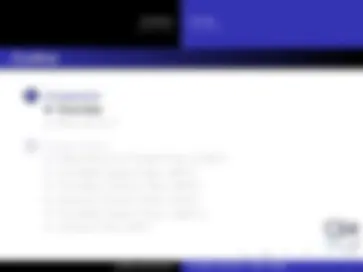
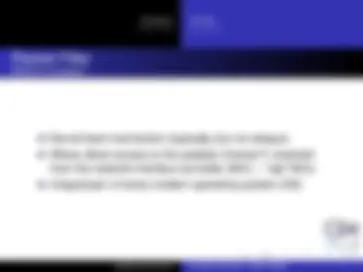
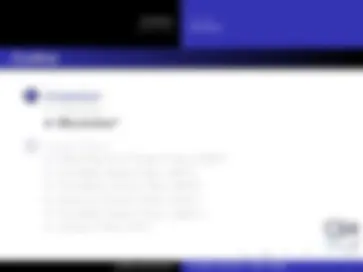
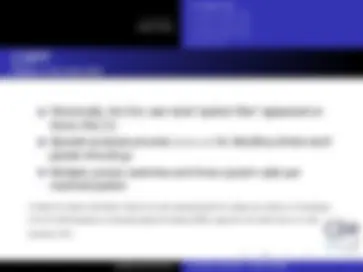
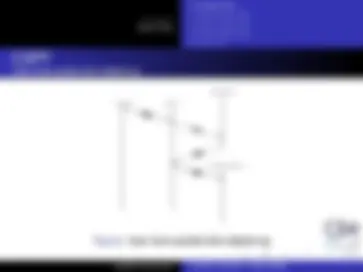
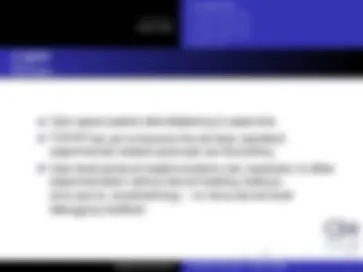
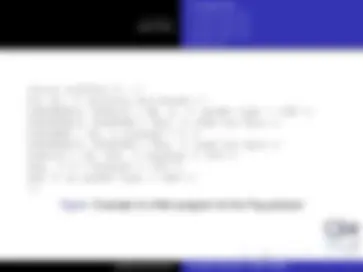
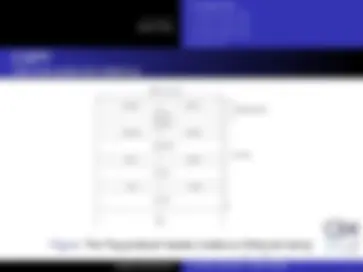
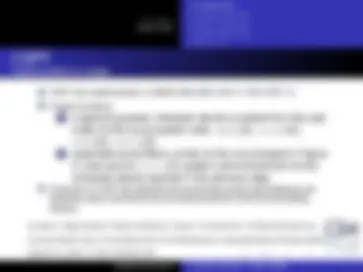
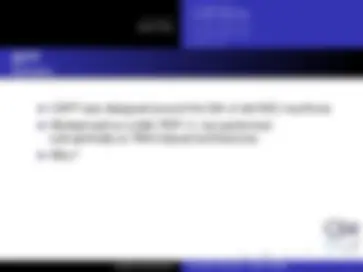
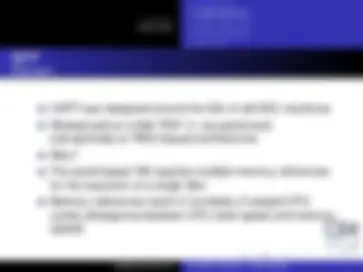
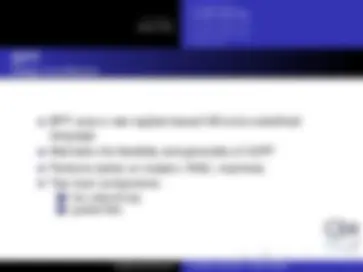
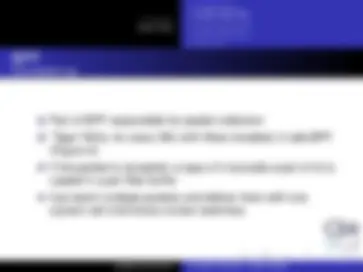
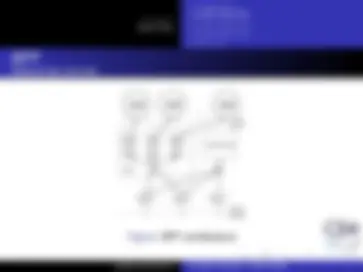
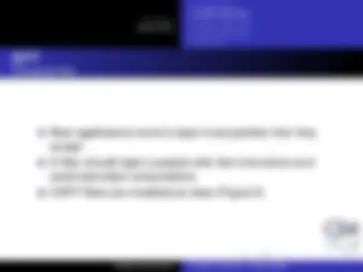
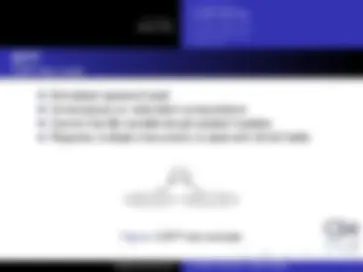
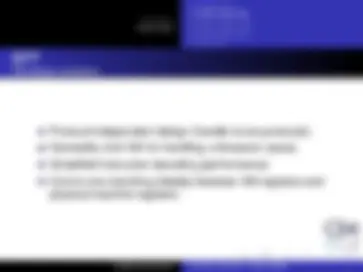

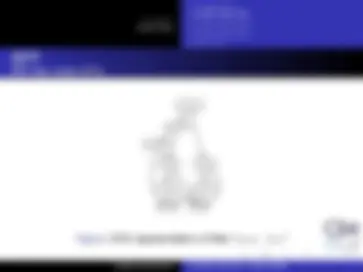
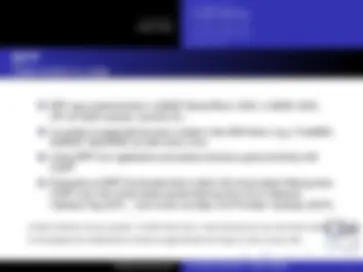
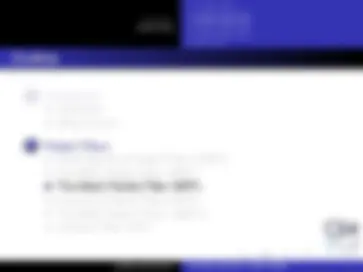
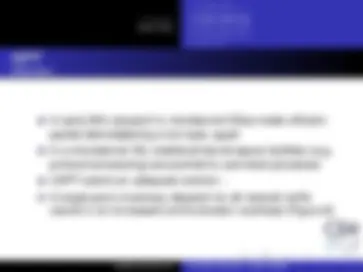
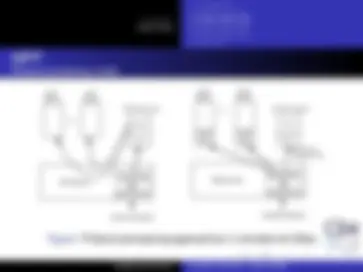
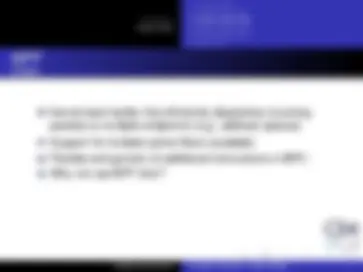
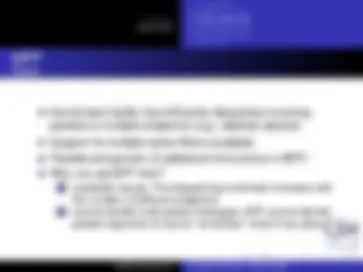
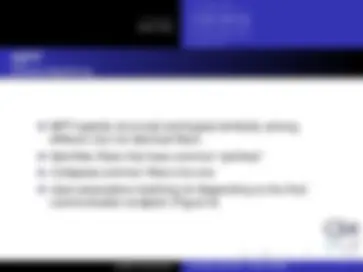
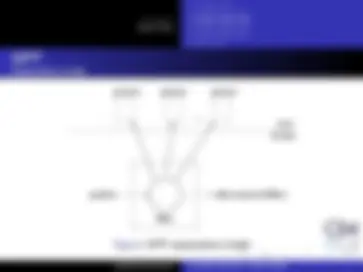
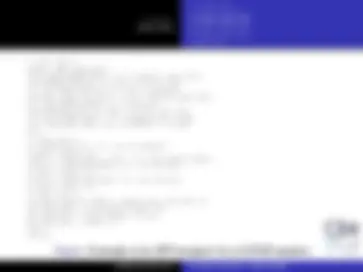
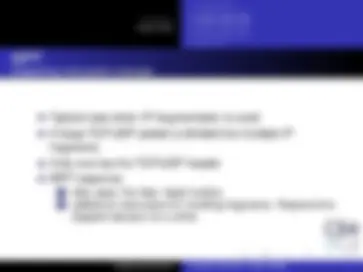
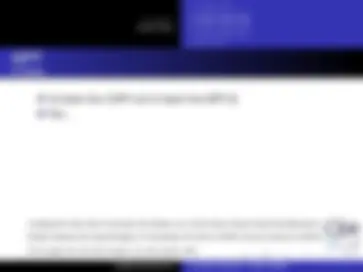
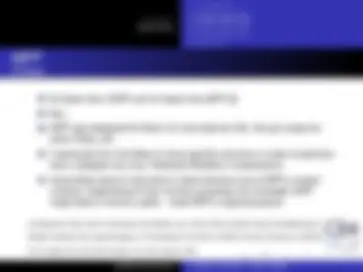
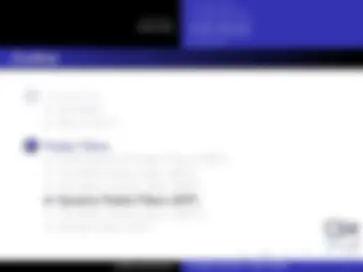
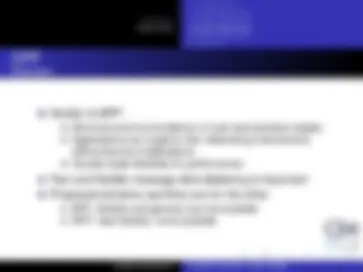
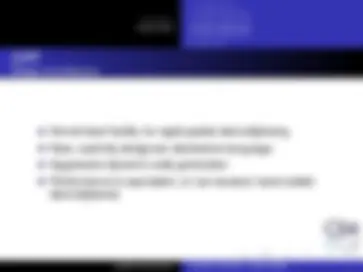
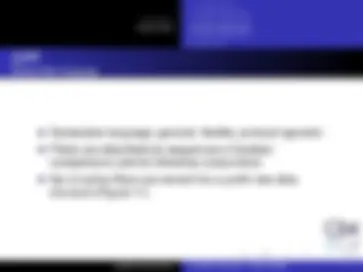
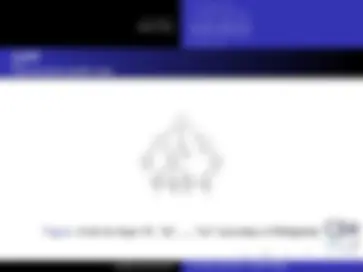

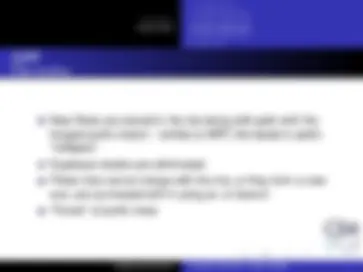
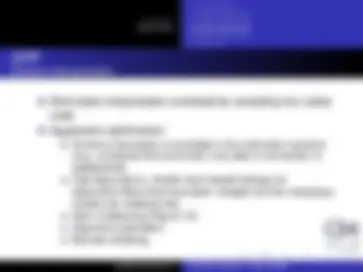

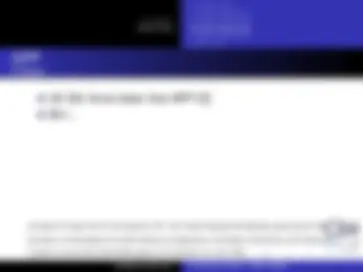

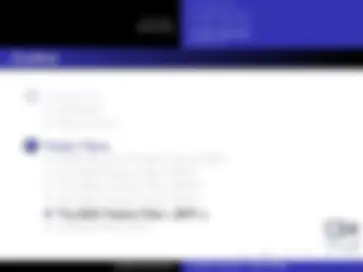
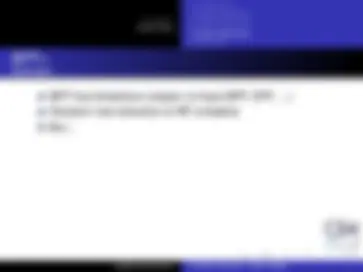
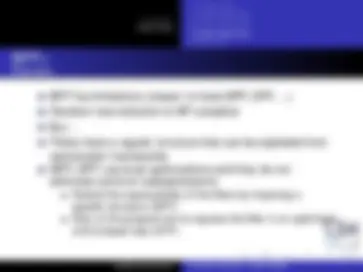
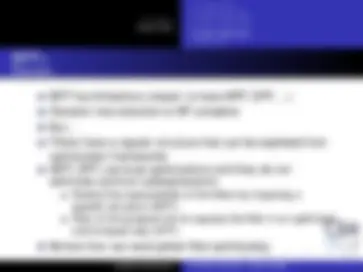
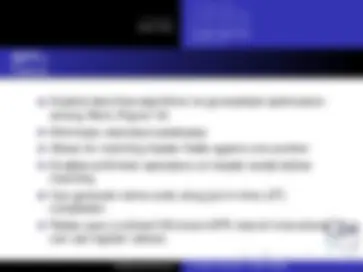
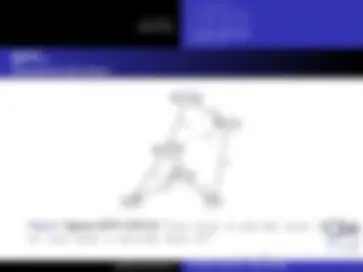
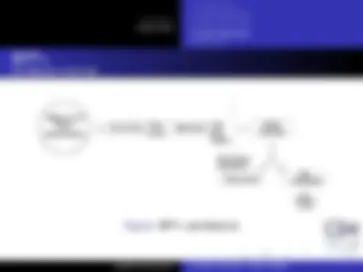
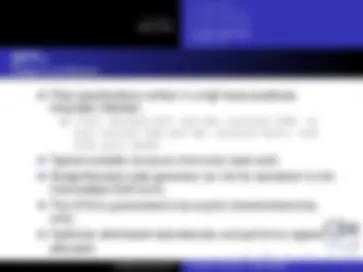
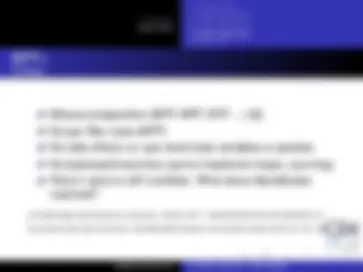
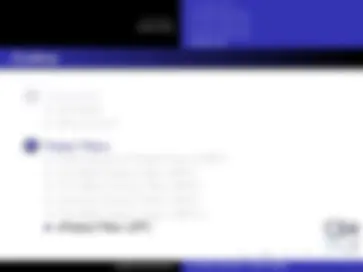
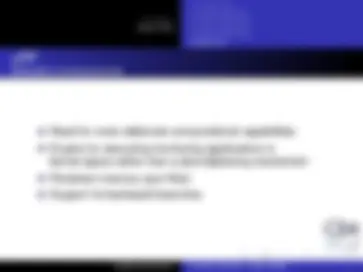
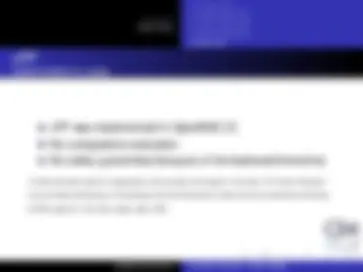


Study with the several resources on Docsity

Earn points by helping other students or get them with a premium plan


Prepare for your exams
Study with the several resources on Docsity

Earn points to download
Earn points by helping other students or get them with a premium plan
Community
Ask the community for help and clear up your study doubts
Discover the best universities in your country according to Docsity users
Free resources
Download our free guides on studying techniques, anxiety management strategies, and thesis advice from Docsity tutors
Packet filters, their importance, and proposed solutions. It covers various packet filters such as CMU/Stanford Packet Filter, The BSD Packet Filter, The Mach Packet Filter, Dynamic Packet Filters, The BSD Packet Filter+, and xPacket Filter. The document also explains the motivation behind user-level protocol implementations and kernel-level packet demultiplexing. It is authored by Vasileios P. Kemerlis from the Network Security Lab at Columbia University.
Typology: Lecture notes
1 / 62

This page cannot be seen from the preview
Don't miss anything!























































Introduction Packet Filters
Introduction Packet Filters
Introduction Packet Filters
Overview Why bother?
Introduction Packet Filters
Overview Why bother?
Introduction Packet Filters
The BSD Packet Filter The Mach Packet Filter Dynamic Packet Filters The BSD Packet Filter+ xPacket Filter
Introduction Packet Filters
The BSD Packet Filter The Mach Packet Filter Dynamic Packet Filters The BSD Packet Filter+ xPacket Filter
[1] Butler W. Lampson and Robert F. Sproull. An open operating system for a single-user machine. In Proceedings
of the 7th ACM Symposium on Operating Systems Principles (SOSP), pages 98–105, Pacific Grove, CA, USA,
December 1979.
Introduction Packet Filters
The BSD Packet Filter The Mach Packet Filter Dynamic Packet Filters The BSD Packet Filter+ xPacket Filter
Introduction Packet Filters
The BSD Packet Filter The Mach Packet Filter Dynamic Packet Filters The BSD Packet Filter+ xPacket Filter
Introduction Packet Filters
The BSD Packet Filter The Mach Packet Filter Dynamic Packet Filters The BSD Packet Filter+ xPacket Filter
struct enfilter f = {
10, 12, /* priority and length (^) */
PUSHWORD+1, PUSHLIT | EQ, 2, /* packet type == PUP */
PUSHWORD+3, PUSH00FF | AND, /* mask low byte */
PUSHZERO | GT, /* PupType > 0 */
PUSHWORD+3, PUSH00FF | AND, /* mask low byte */
PUSHLIT | LE, 100, /* PupType <= (^100) */
AND, /* 0 < PupType <= (^100) */
AND /* && packet type == PUP */
};
Figure: Example of a filter program for the Pup protocol
Introduction Packet Filters
The BSD Packet Filter The Mach Packet Filter Dynamic Packet Filters The BSD Packet Filter+ xPacket Filter
12 words
EtherType
EtherDst EtherSrc
PupLength HopCount PupType
PupIdentifier
DstNet DstHost
DstSocket
SrcNet SrcHost
SrcSocket
Data
16 bits = 1 word
Ethernet header
Introduction Packet Filters
The BSD Packet Filter The Mach Packet Filter Dynamic Packet Filters The BSD Packet Filter+ xPacket Filter
Introduction Packet Filters
The BSD Packet Filter The Mach Packet Filter Dynamic Packet Filters The BSD Packet Filter+ xPacket Filter
Introduction Packet Filters
The BSD Packet Filter The Mach Packet Filter Dynamic Packet Filters The BSD Packet Filter+ xPacket Filter
Introduction Packet Filters
The BSD Packet Filter The Mach Packet Filter Dynamic Packet Filters The BSD Packet Filter+ xPacket Filter